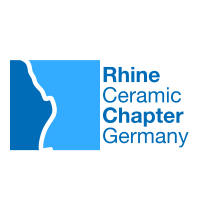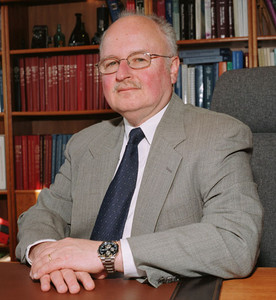Oxides are playing an increasing critical role as functional components in the fields of energy conversion/ storage, microelectronics, displays, sensors/actuators and catalysis. In turn, their electrical (ionic & electronic), optical, magnetic and catalytic properties depend sensitively on their defect structure and oxygen nonstoichiometry, typically frozen in during processing, and rarely well defined. This is particularly true for thin films and nanoparticles/wires, where conventional methods, appropriate to bulk materials, do not apply. In this presentation, we review in-situ optical, electrochemical and dilatometric methods, developed or refined in our laboratory, to monitor, analyze and control nonstoichiometry, defect equilbria, transport and optical properties of oxide thin films and nano-sized particles. Examples will include materials of interest as fuel cell or transparent conductive electrodes, or as components of chemical sensors, oxidation catalysts and electronic memory devices.
Harry L. Tuller is R.P. Simmons Professor of Ceramics and Electronic Materials; Department of Materials Science and Engineering and Head of the Crystal Physics and Electroceramics Laboratory at MIT
He received B.S. and M.S. degrees in Electrical Engineering and Eng.Sc.D. in Solid State Science & Engineering from Columbia University, NY; served as Postdoctoral Research Associate; Physics, Technion, Israel, following which he joined the faculty at MIT. His research focuses on defects, diffusion, and the electrical, electrochemical and optical properties of metal oxides with applications to sensors, fuel cells, photoelectrochemistry, thin film oxides, MEMS and memristive devices. He has published over 465 articles, co-edited 15 books and was awarded 33 patents. He is Editor-in-Chief of the Journal of Electroceramics; Series Editor of Electronic Materials: Science and Technology published by Springer-Nature; co-founder of Boston MicroSystems, a pioneer in silicon carbide-based MEMS technology and devices.

